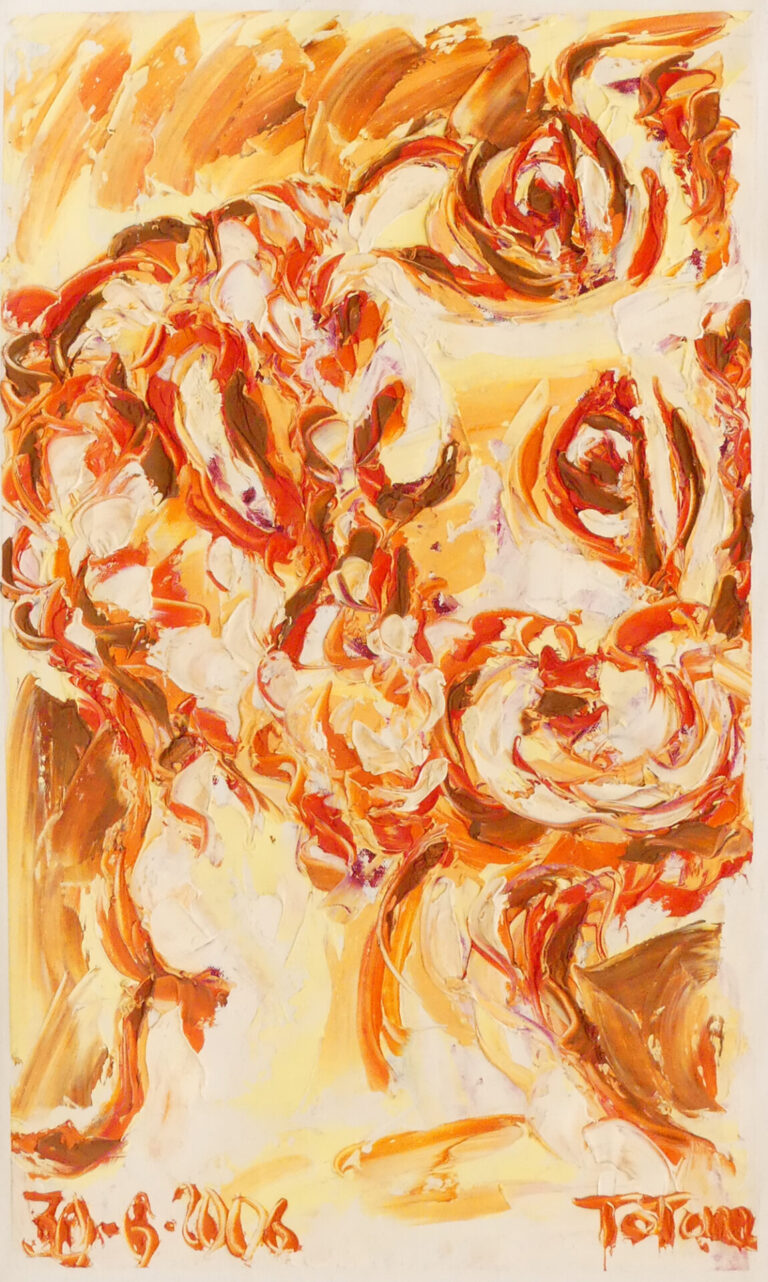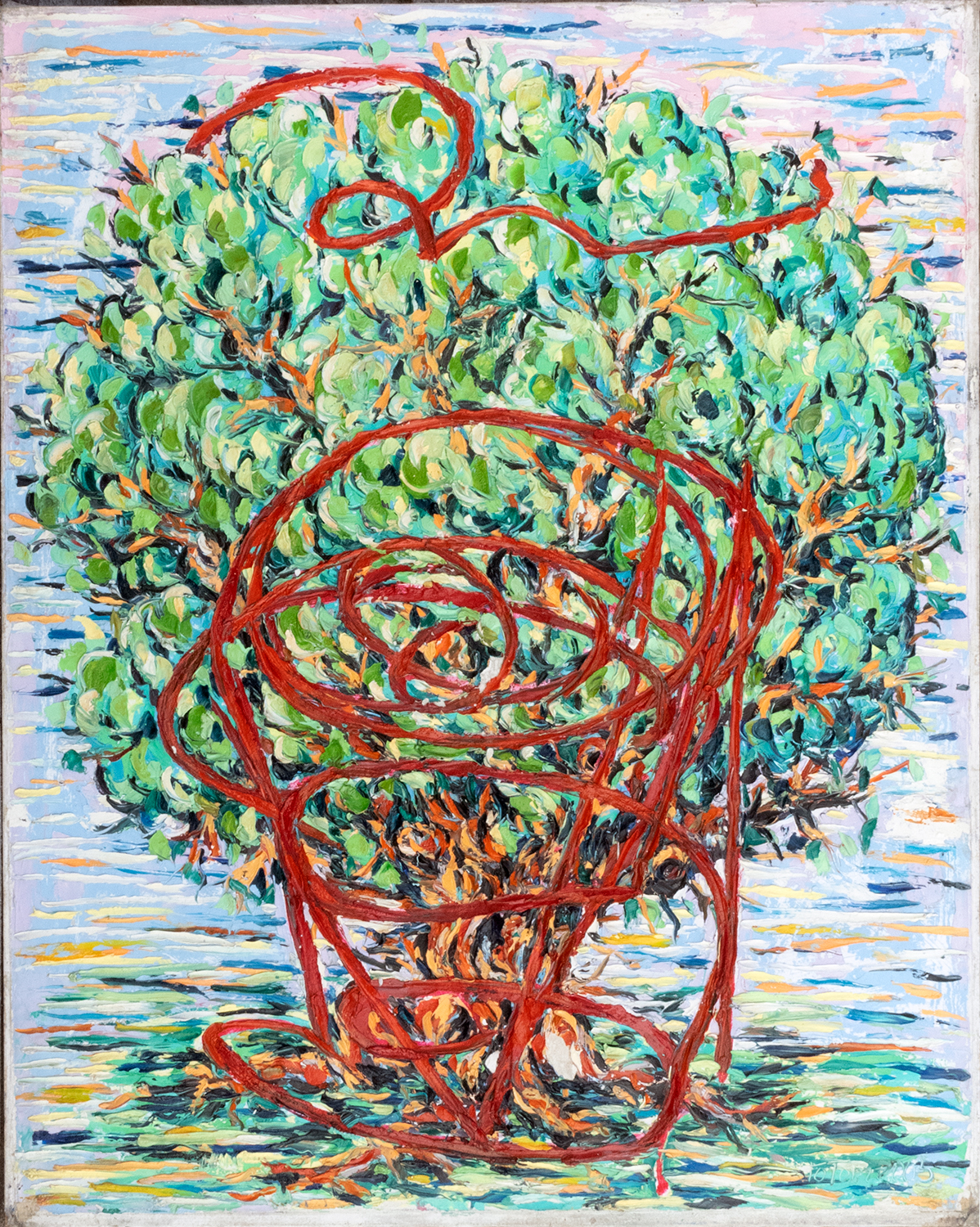The four noble knights
The four noble knights are representative paintings of Taoist art. Every Taoist painter makes these four paintings at least once in his life, where you can check his style, the way he understands Taoism, art.
The four noble knights are:
Lan hua, the Chinese orchid, corresponds to spring
It represents purity, lightness, love. They are moments of joy and movement. Spring teaches us to dance, to grow. This plant grows in the spring inspiring butterflies, soft trade winds and heady aromas. It is a fragile, light and beautiful plant, which teaches us that spirit without fear. It grows light in all directions, because it seeks to experiment and live life to the fullest for as long as it can.
The orchid paintings typical of this art are delicate, joyful and apparently volatile. They appear fragile and dancing free with the wind, ignoring being photographed or observed.
Zhu, the bamboo, which corresponds to summer
Inspires flexibility and resistance at the same time. The quality of bamboo’s flexibility strengthens you against the dangers and circumstances of life. It arises when intense and provocative emotions appear, which move and affect us. But the bamboo, without impeding any of these emotions, adapts and maintains its power. Apparently light, it is strong and firm. It connects heaven and earth in a straight line, broken by a thousand points, firm and constant. Like steps or marks of life, these breaks allow you to climb towards infinity.
The bamboo paintings typical of this art are vertical, firm and intense. Sometimes rowdy among themselves, others safe and lonely. They teach us a spirit that connects with heaven and earth regardless of the moment, the circumstances, or all aspects of life. Sometimes the artist shows that path, other times he seeks to understand how more or less hostile circumstances try to change the bamboo without success.
Ju hua, the chrysanthemum, corresponds to autumn
The chrysanthemum teaches us the heart. It is a symbol of the need to get rid of everything superfluous, to simplify and go to what is important. Chrysanthemums teach us that purity in spirit when we strip away all vanities. The chrysanthemum does not adorn itself, its context is intense and powerful, and it has to stand firm in the face of adversity that arises. The cold and the wind, more and more aggressive, drag with all the leaves and flowers, with everything light and special that the summer illuminated us, nevertheless the chrysanthemum remains firm, integral, with delicate and colorful petals that move in a moment so gray
The paintings of this chrysanthemum art are noble and simple. They concentrate on a flower, on unity, on freshness.
Mei Hua, the blossoming plum tree, corresponds to winter
The flowering plum is a symbol of integrity. It is a strong and firm tree, noble and long-lived. This plant shows the spirit of the perpetual, which is maintained beyond time. The movements of its trunk show how difficult it could have been to move forward, to grow, all the twists and turns, the problems that arose along the way, and how, despite everything, the plum tree continued to grow and strove to keep going.
Its light and pure flowers grow at this challenging time, with a brilliant and beautiful color. They are the spirit of art, that touch that inspires all other plants. We see those flowers even in the snow, and they open reminding us of the essence and purity of the heart.
The plum tree is an old man, a noble gentleman who teaches goodness, prosperity, strength, plenitude and calm.
The four noble knights in the painting of Antonio García Calvente
In the painting of the private family collection, there are representations of these four figures, however these will remain almost completely unpublished for the moment. The painter himself, reserved these paintings for his private collection, and the few people who were able to acquire any of these works, we know that they did not know their origin or meaning through the painter.
Currently only two of these paintings are for sale, one of them on this website, it is the plum tree in blossom, a work of 2012.







